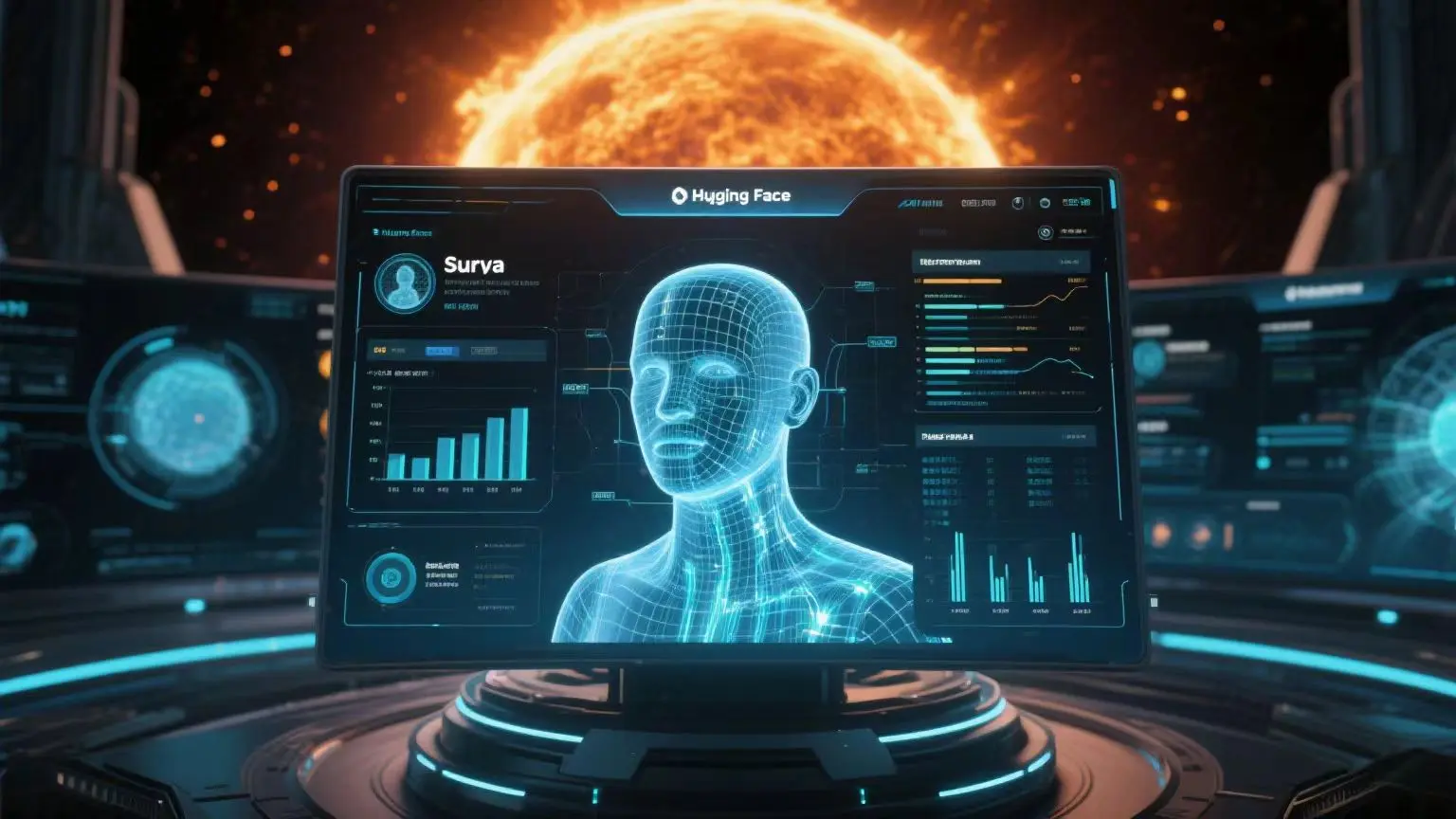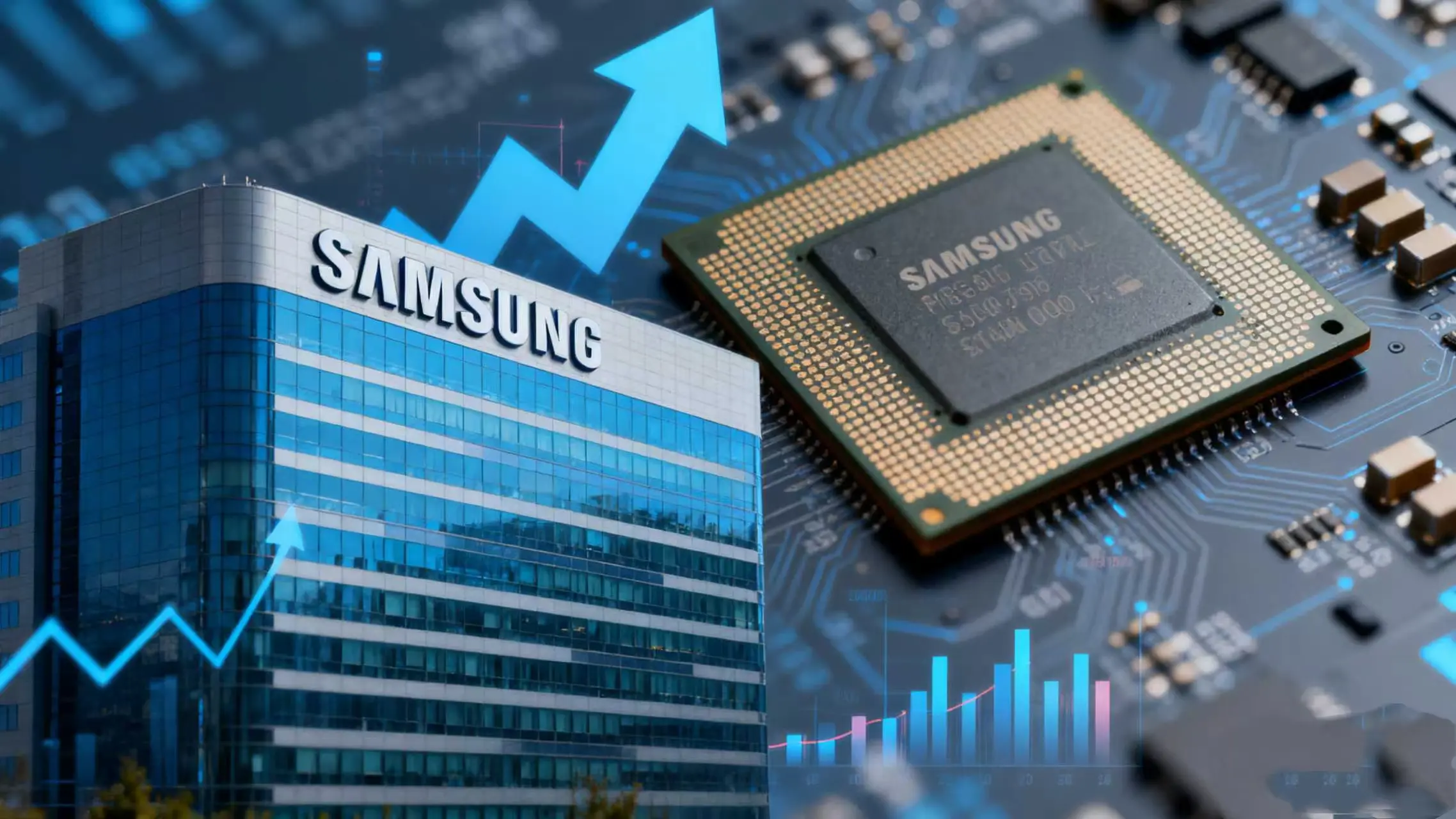IBM and NASA jointly release Surya open source AI model to help predict solar weather
The technology and aerospace sectors recently received significant news: IBM and NASA have jointly released an open-source AI model called Surya. This innovative model focuses on predicting solar weather, aiming to protect critical infrastructure on Earth and in space from solar storms.
The Sun, a star approximately 93 million miles from Earth, has a direct and increasingly profound impact on modern life. Events such as solar flares and coronal mass ejections can cause satellite failures, disrupt aviation navigation, cause power outages, and even pose a serious radiation threat to astronauts. As humanity's reliance on space technology grows and plans for deeper space exploration advance, accurate solar weather forecasts are crucial. A systemic risk scenario created by Lloyd's List suggests that the global economy could face potential losses of up to $2.4 trillion due to space weather over five years, with a hypothetical solar storm estimated to cause $17 billion in losses. Recent solar activity has already demonstrated this risk, disrupting GPS services, forcing flight diversions, and damaging satellites. The Surya model was born out of sheer luck. It's built on the Hugging Face platform, a well-established AI platform with extensive resources and a vibrant community. Surya is trained using over nine years of high-resolution solar observation data from NASA's Solar Dynamics Observatory (SDO). These images, with a resolution ten times higher than typical AI training images, provide the model with exceptionally detailed and comprehensive information about solar features. To process this high-resolution data, IBM even developed a custom multi-architecture system to ensure that solar features can be discerned with sufficient detail and context to accurately understand the various phenomena occurring on the sun.

Early testing results are promising, with Surya achieving a significant 16% improvement in solar flare classification accuracy compared to previous models. Undeterred, IBM and NASA researchers plan to continue training the model, aiming to achieve the first-ever visual prediction of solar flares, with the goal of providing a two-hour warning of such events. While a two-hour warning time may not fully protect against the full impact of a strong solar flare, every extra second of preparation potentially buys more time to protect critical infrastructure and minimize damage.
"Think of this as space weather forecasting," said Juan Bernabe-Moreno, Director of IBM Research Europe. "Just as we work hard to prepare for severe weather events, we need to do the same for space weather. Surya provides us with unprecedented predictive capabilities, which is not only a technological achievement but also a critical step in protecting our technological civilization from the harms of solar activity."
NASA Chief Science Officer Kevin Murphy also stated that the combination of the agency's deep scientific expertise and powerful AI has opened up a promising path for data-driven science. "By developing a foundational model trained on NASA heliophysics data, we can analyze the complexity of the Sun's behavior with unprecedented speed and accuracy," he emphasized. "This model contributes to a broader understanding of how solar activity impacts the critical systems and technologies we rely on here on Earth."
Holger Mueller of Constellation Research believes that the Surya model demonstrates the unique value of AI—it doesn't simply replace human work, but rather can perform complex tasks that are difficult for most people. "There are very few people in the world with the skills to predict solar weather, so AI is changing that." Mueller noted that this collaboration between IBM and NASA sets an example for other organizations, clearly demonstrating how different institutions can work together to continuously advance AI technology.

Surya is just the latest achievement in a long-standing and in-depth collaboration between IBM and NASA. Two years ago, the two companies collaborated to create one of the Prithvi series of AI models, designed to analyze geospatial satellite imagery at an unprecedented scale. This model focuses on predicting risks on Earth, such as floods and wildfires, and has also been made open source on the Hugging Face platform for the broader global research community to use. Last year, IBM and NASA released a second Prithvi model, primarily for providing short- and long-term weather forecasts and climate change predictions. These collaborative efforts have each played an important role in their respective fields, and the release of the Surya model undoubtedly adds a significant chapter to the application of AI in solar weather prediction and space.
The Surya model is now available on the Hugging Face platform, and researchers have also released the largest known, carefully curated solar physics dataset to date, aiming to advance data-driven space weather research. This open-source initiative is of great significance and will greatly facilitate communication and collaboration among researchers worldwide. Scientists from different countries and institutions can use the Surya model and related datasets to conduct innovative research, exploring the mysteries behind solar physics phenomena and further enhancing our understanding and predictive capabilities of solar activity.
Looking ahead, with the continuous optimization and improvement of the Surya model and the collaborative efforts of researchers worldwide, we have reason to believe that humanity will achieve even greater breakthroughs in addressing space weather threats such as solar storms. Perhaps in the near future, we will be able to deal with the challenges brought by solar activity more calmly. Whether it is satellites and space stations operating in space, or critical infrastructure such as electricity and communications on Earth, they will all be more reliably protected, providing solid guarantees for the continued development and progress of human society.










